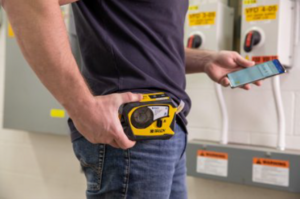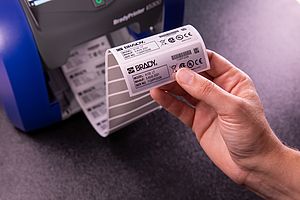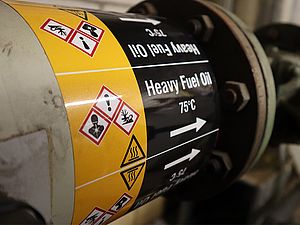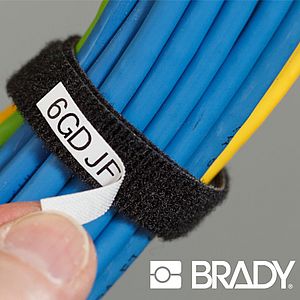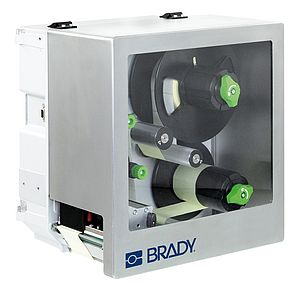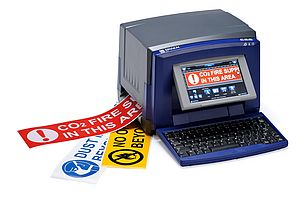Brady Corporation R&D teams have developed extremely durable and printable identification labels for laboratory samples. "These labels have been engineered to stay attached to samples even when frozen with liquid nitrogen or heated in an autoclave. The ink used to print them can resist chemicals typically used in laboratories to ensure their legibility and to avoid sample loss", says Tugba Sert, EMEA Product Manager at Brady.
Sample identification challenges
Identifying samples for life in laboratories is not easy. "Samples are stored at -196°C, they are heated in autoclaves and any laboratory has a number of chemicals present that could easily damage any regular label and render it illegible. Scientists report that labels fall off during processing, become unreadable after processing, that they stick to their gloves instead of to the sample, or that the handwriting on the label is simply illegible. When they can no longer be identified, samples become unusable for further scientific research. The average cost of losing one sample can reach 550 euro in a clinical lab setting. With all of the above arguments in mind, Brady scientists and engineers succesfully set out to discover new label constructions, inks and adhesives to ensure sample traceability for life."










